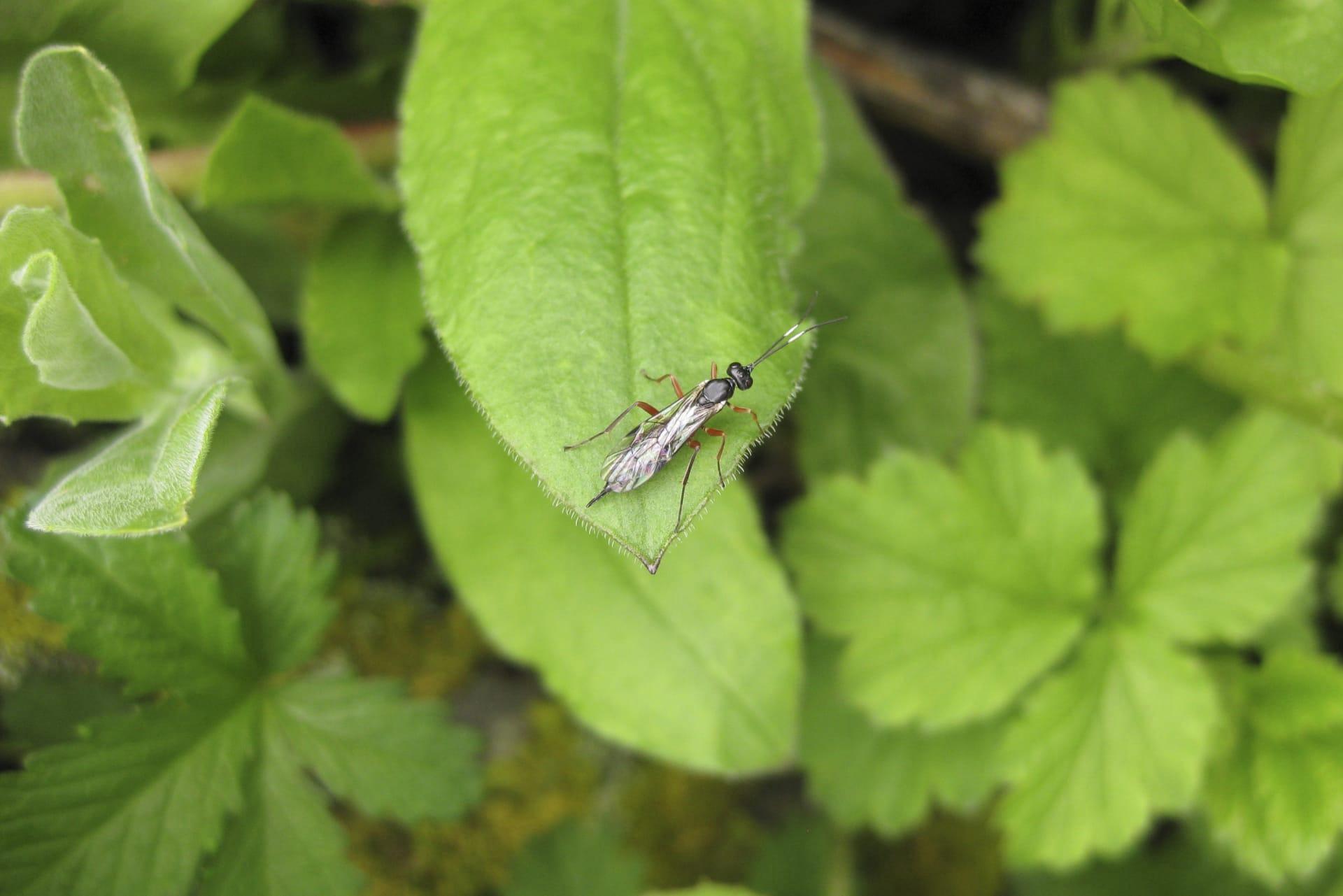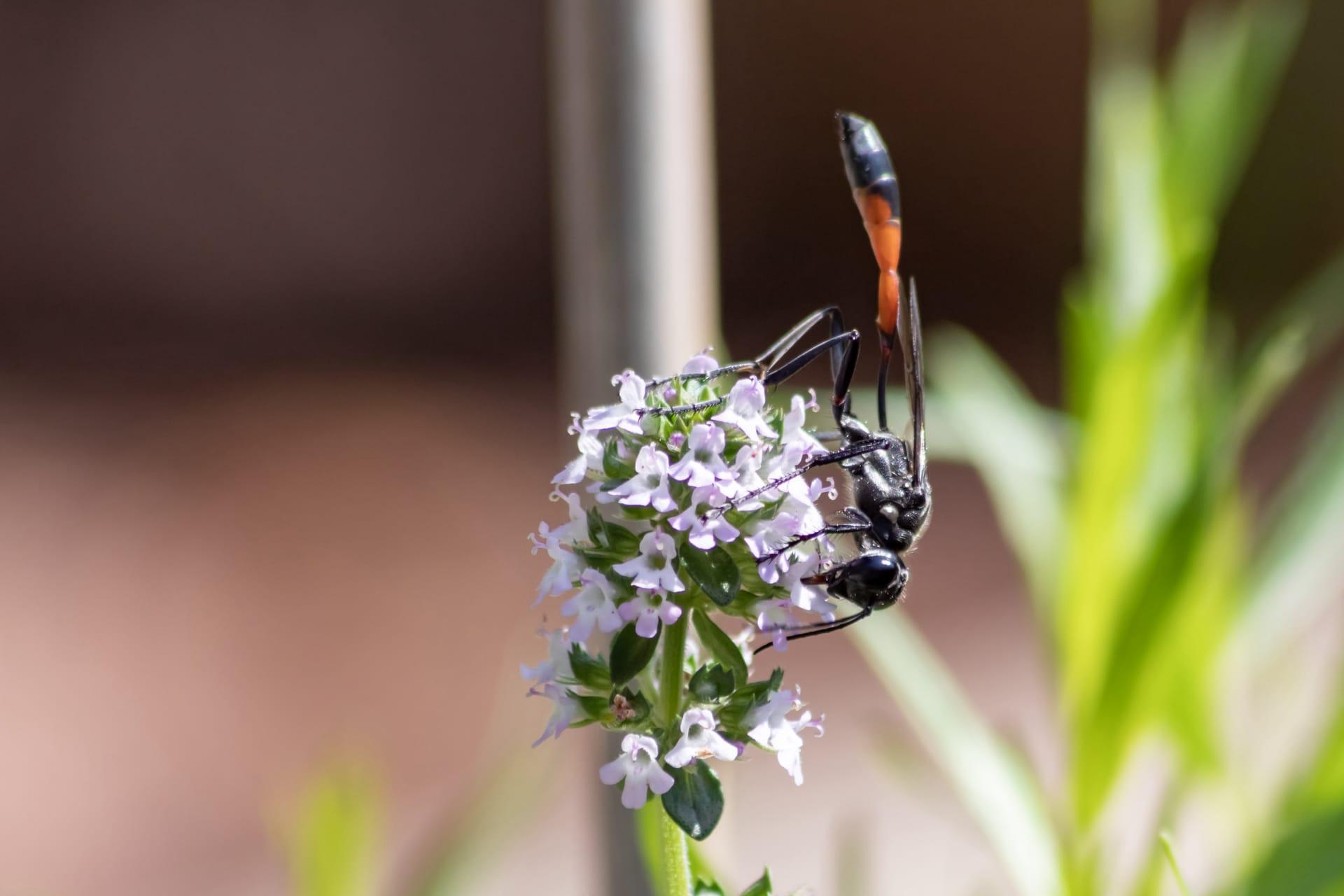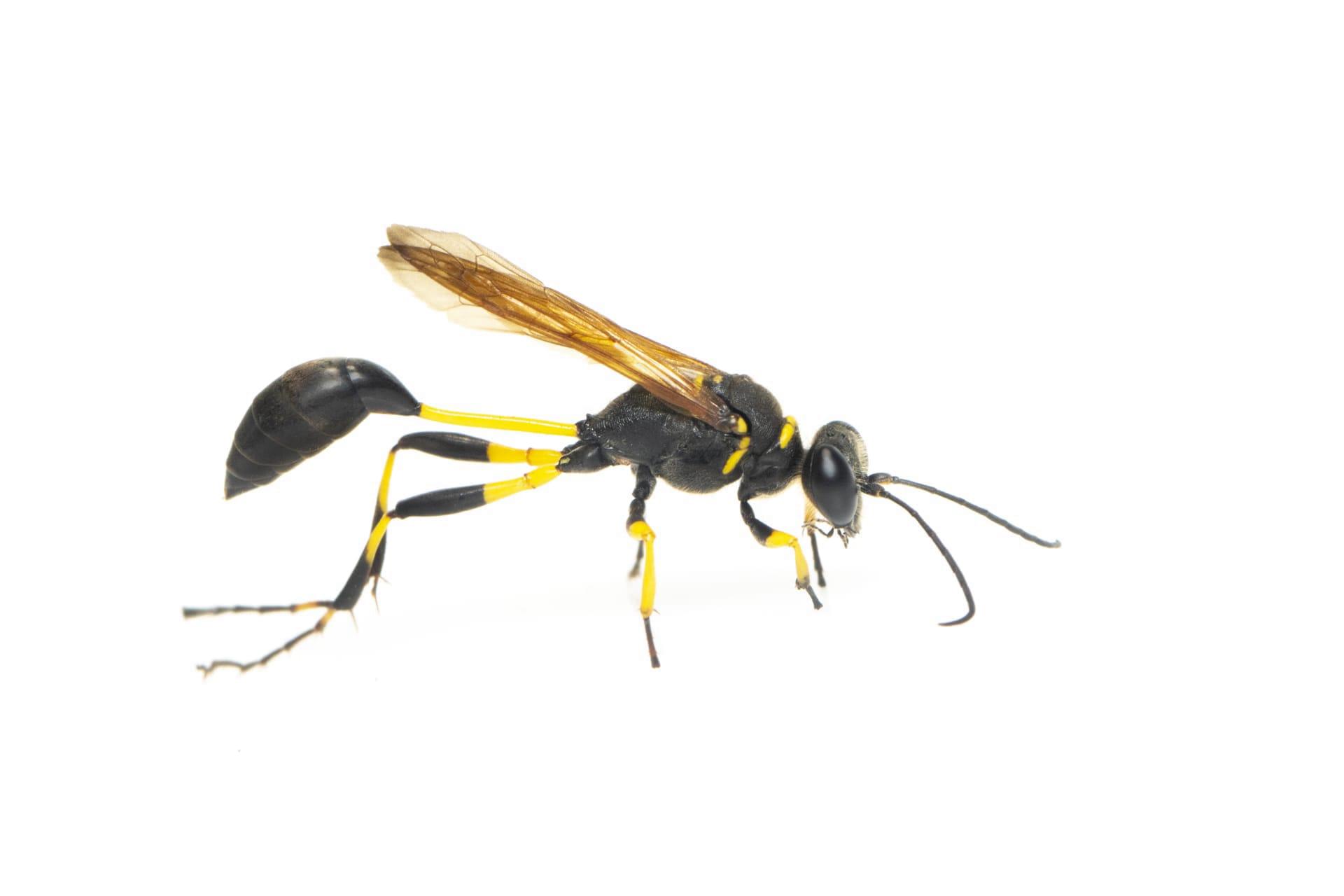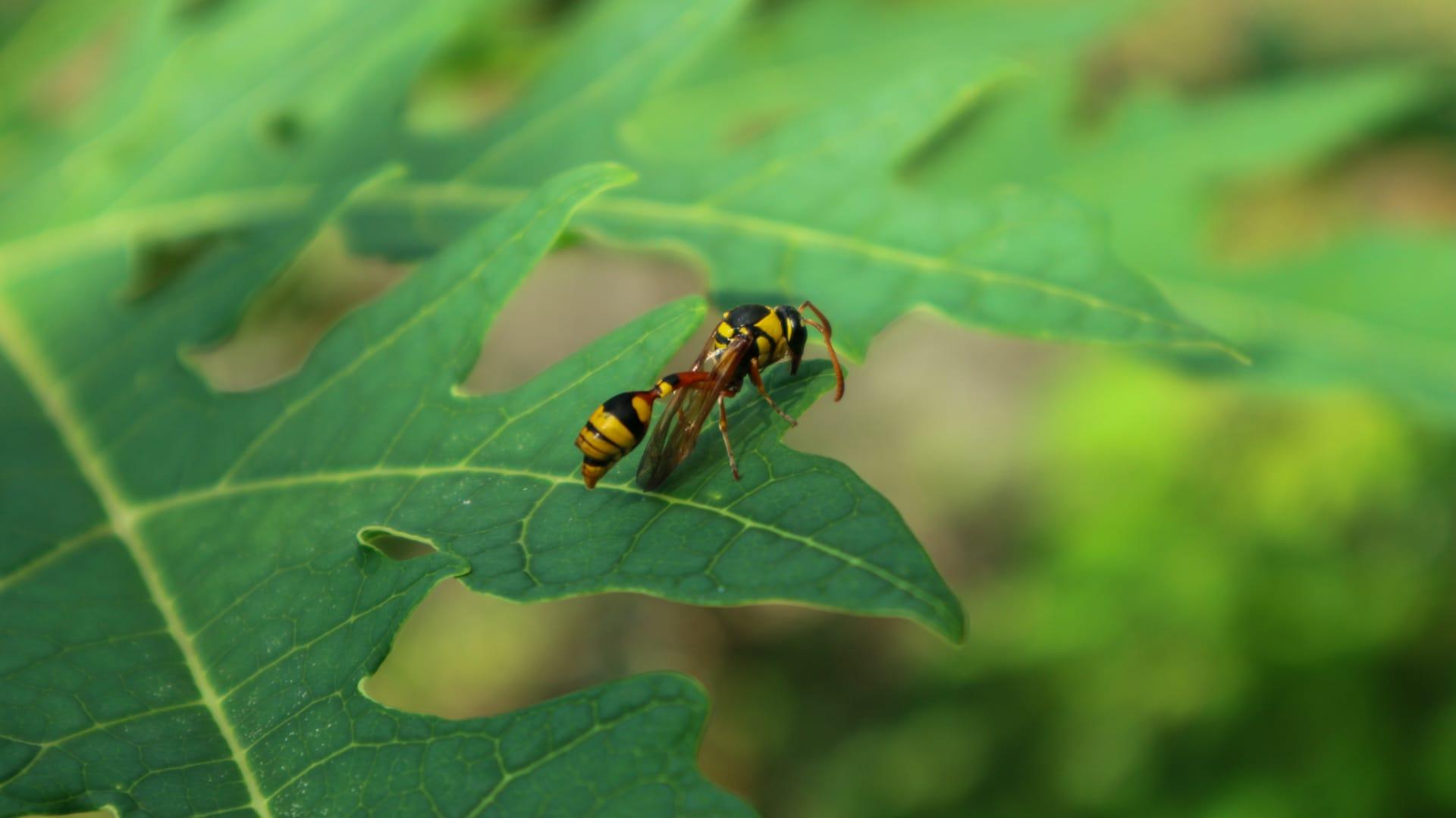Mud Wasp Characteristics
- Home /
- Mini Encyclopedia /
- Animal /
- Mud Wasp Characteristics
1
Mud wasps, fascinating creatures known for their unique nest-building behavior, exhibit a range of physiological characteristics that are quite intriguing. Typically, these wasps measure about 0.5 to 1 inch (1.3 to 2.5 cm) in length, showcasing a slender and elongated body structure that is highly adapted for their lifestyle. Their lifespan varies depending on environmental conditions, but on average, a mud wasp can live for about a year. This period encompasses their entire life cycle, from egg to adult.
One of the most distinctive organs of the mud wasp is its mandible, which is not just any ordinary set of jaws. These mandibles are robust and highly adapted for collecting and manipulating mud, which is essential for their nest-building activities. Mud wasps use their mandibles to scoop up moist earth, which they then carry back to the construction site of their nests. This behavior not only showcases their architectural ingenuity but also their ability to modify and use their environment for survival.

2
Question: What attracts mud wasps to build their nests in human-inhabited areas?
Answer: Mud wasps are often drawn to human-inhabited areas due to the abundance of resources such as food, water, and suitable nesting sites. These wasps are particularly attracted to areas where the soil is soft and easily malleable for their nest-building activities. Additionally, the presence of insects, which serve as prey for their larvae, is a significant attractant. Mud wasps tend to choose spots that are sheltered and undisturbed, such as under eaves, in garages, or around window frames, to construct their mud nests.

3
The movement characteristics of mud wasps are defined by their agile and precise flying abilities. These wasps are known for their direct and purposeful flight patterns, often seen darting back and forth carrying mud to their nests. They possess a remarkable sense of navigation, which helps them locate their nests and foraging areas efficiently.
In terms of feeding habits, adult mud wasps primarily consume nectar from flowers, making them inadvertent pollinators. They have a preference for specific types of flowers, which they visit regularly for nectar. However, their larvae have a different diet – they feed on insects. Female mud wasps hunt and paralyze prey such as spiders or caterpillars, which they then seal into the mud nest chambers with their eggs. This provides a fresh food supply for the larvae once they hatch.

4
Mud wasps thrive in a variety of environments, but they show a particular preference for areas that offer an abundance of mud for nest building and ample food sources. These environments can range from urban gardens to wilder, more natural settings. They are versatile in their habitat choice but need access to soft, pliable mud and a steady supply of insects for their larvae.
The reproductive cycle of mud wasps is a fascinating aspect of their behavior. The female mud wasp is solely responsible for nest construction and the provisioning of food for her offspring. After building a nest out of mud, she hunts for insects, paralyzes them, and places them in each nest chamber. She then lays an egg on each insect before sealing the chamber. This ensures that once the larvae hatch, they have immediate access to a food source. The larvae undergo metamorphosis within the nest and emerge as adult wasps, ready to start the cycle anew.

5
Book: "Wings in the Mud: The Remarkable World of Mud Wasps" by Dr. Helen Green. Published in the United States in 2017, this book offers a comprehensive overview of mud wasps, their behaviors, and their role in the ecosystem. Dr. Green's writing is accessible and filled with interesting anecdotes, making it a great read for both enthusiasts and professionals.
Book: "The Secret Life of Mud Wasps" by Jonathan Richards, published in the United Kingdom in 2015. This book delves into the intricate lives of mud wasps, exploring their nest-building techniques, feeding habits, and their importance in the natural world. Richards' detailed observations and engaging narrative style bring the world of these incredible insects to life.